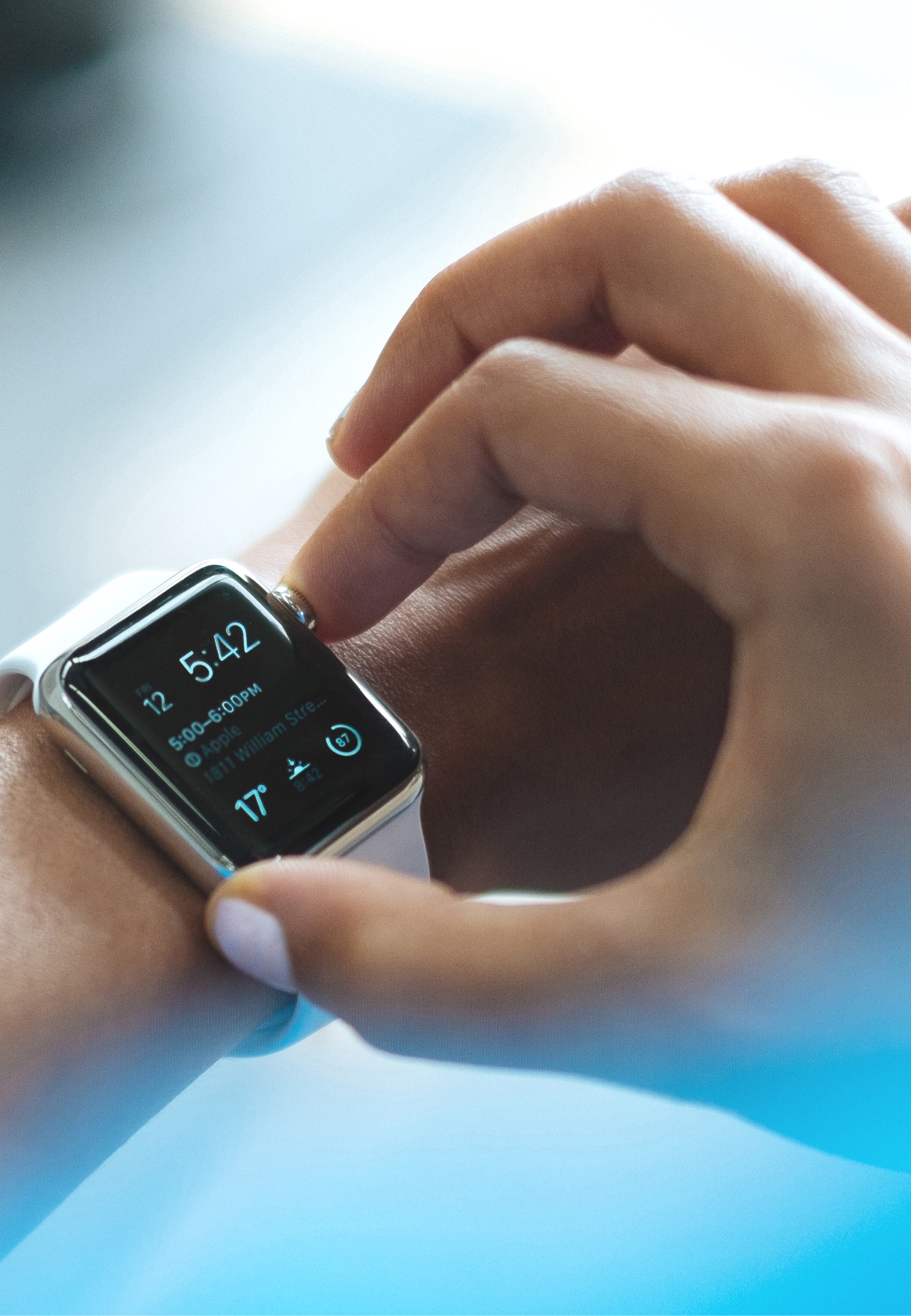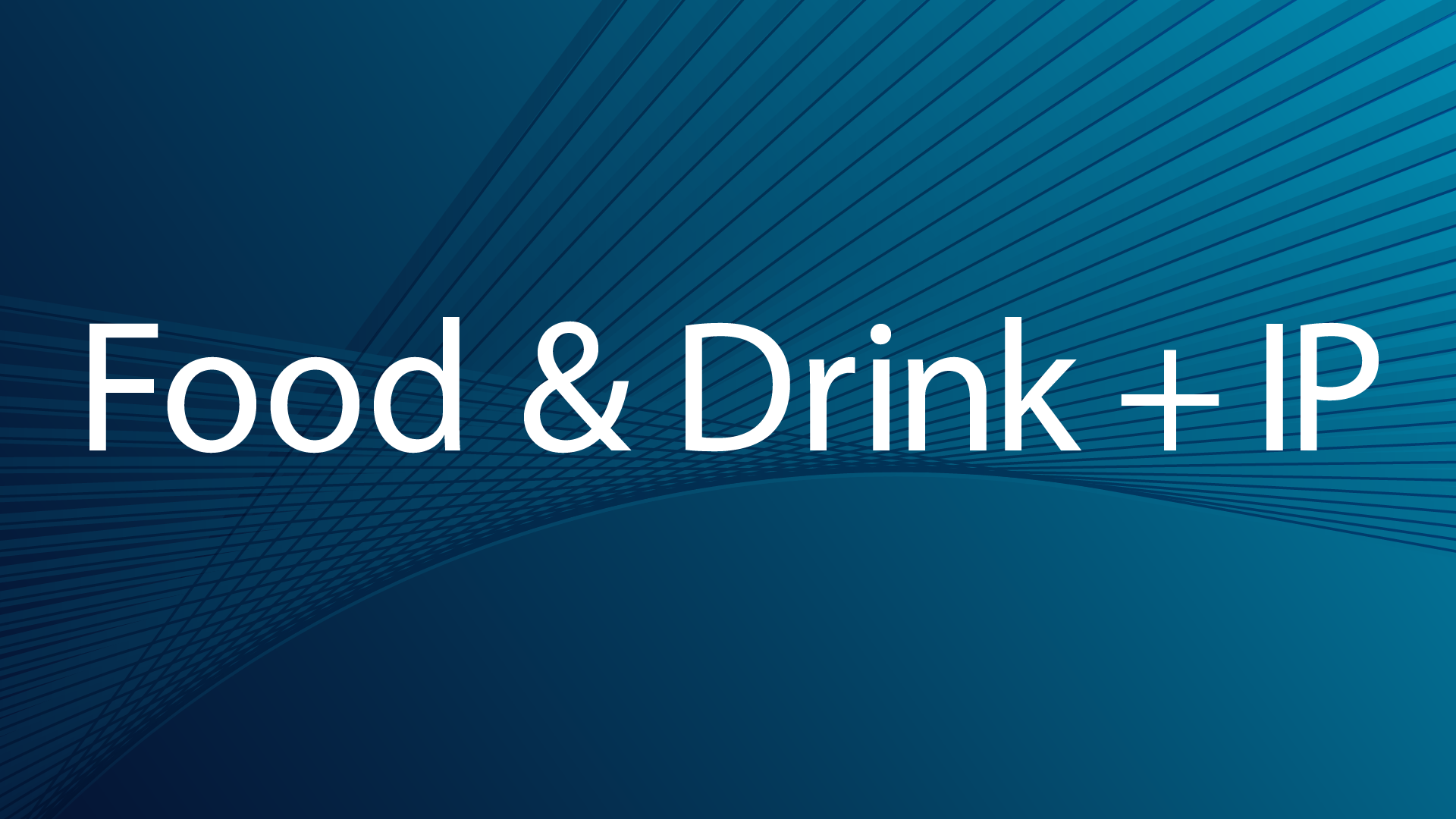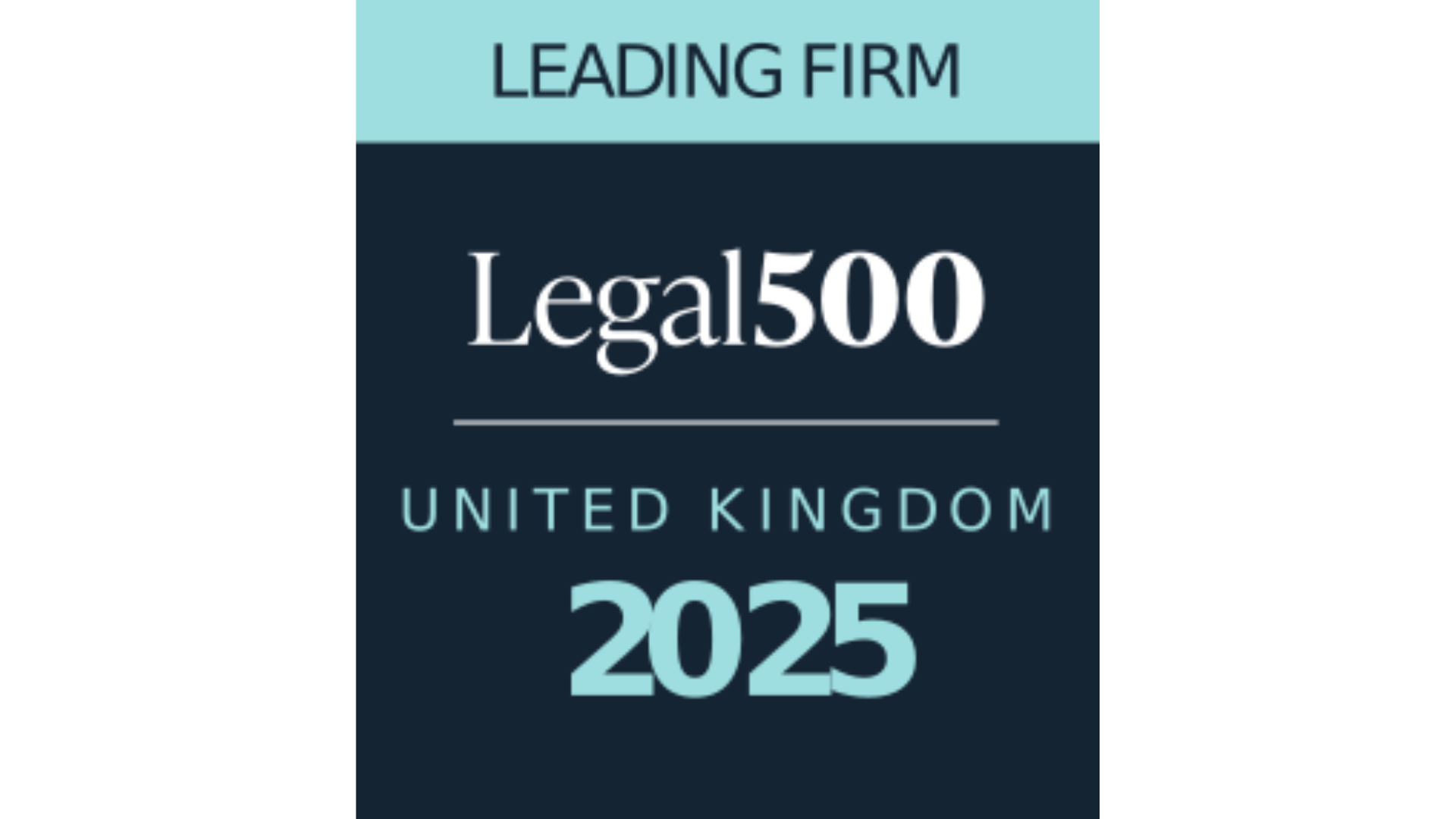Healthcare Scanner
Artificial intelligence inventions in healthcare – can you patent them in Europe?
June 2022
Artificial Intelligence (AI) has moved from the realm of science fiction firmly into the mainstream of technological innovation. Trained AI models in some cases are able to perform data analysis and calculations much faster and more accurately than an expert human, including in the field of healthcare.
For example, huge amounts of different data may be generated for a particular patient, such as CT, MRI and X-ray scan images, medication history, sample analysis results and responses to treatment. AI models may be trained to assist in obtaining conclusions based on the data. For example, a scan image may be automatically compared with many other scan images, and a classification of features in the scan may be made very quickly to assist in diagnosis. This process may take an expert clinical team much longer to perform. As another example, AI may be used in image enhancement by basing the removal of unwanted image artefacts and feature identification on an AI model trained using many other captured images, to obtain clearer information and aid diagnosis.
So AI is a powerful ally in working with healthcare data – but, if you develop something new using AI in the field of healthcare, can you obtain patent protection for it?
Can I patent software or algorithms – I thought they weren’t allowed in Europe?
Innovations relating to AI in healthcare lie in an area where there are potential exclusions to patentability, but that does not mean that patent protection is unavailable. Under European law, Art. 52(2) and(3) EPC, mathematical methods, software, and methods of administration as such are all excluded from patent protection as being non-technical. AI is specifically discussed in recent updates to the EPO Guidelines for Examination (“Guidelines”)[1] as mathematical methods which can be implemented as a Computer Implemented Invention (CII). However, the Guidelines set out that the Examination of AI inventions is in keeping with the well-established examination of CII more generally at the European Patent Office
The as such limitation on the categories for exclusion is important, because if there is some technical feature in the claim, such as the (otherwise non-technical) method being performed on a computer, then the claimed subject matter overall is not excluded but is considered to be a mixed-type claim[2]. Non-technical features can contribute an inventive step if they help to produce a technical effect. There must be a non-obvious technical solution to a technical problem (T0641/00, COMVIK). In the field of AI, serving a technical purpose may be, for example, enhancing images, providing an output to control a device, or by being adapted to a specific technical implementation such as handling a particular type or volume of AI data.
In relation to healthcare, examples are also provided in the Guidelines, and include “providing a genotype estimate based on an analysis of DNA samples, as well as providing a confidence interval for this estimate so as to quantify its reliability” and “providing a medical diagnosis by an automated system processing physiological measurements” as technical implementations of mathematical methods. Specially in AI[3], technical purposes include “the use of a neural network in a heart monitoring apparatus for the purpose of identifying irregular heartbeats” and “the classification of digital images, videos, audio or speech signals based on low-level features”.
But can I patent medical inventions – I thought that wasn’t allowed either?
A possible second criterion for patentability for inventions in AI and healthcare is that methods of treatment and diagnosis performed on a human or animal body are not patentable in Europe. This is to prevent physicians being prevented from caring for their patients due to patent rights. However, this applies to method claims and so does not exclude protection for a medical device or computer program which carries out a diagnostic method. AI methods performing a technical function are often run on a device rather than inherently affecting the human or animal body. Therefore, a computer running software which can categorise a blood sample or a medical image and provide an indication of a possible health condition may well be considered technical in Europe.
Potentially, even devices which operate for the most part in combination with the human body, such as smart watches, may be argued to avoid exclusion under this provision. Such devices may be considered to operate such that the AI component operates sufficiently separately from performing any “treatment and diagnosis” of the human body, and instead the AI operation resides in the device, which is not excluded.
Example case studies
EP0850016 (Appeal ref. T0598/07), for a heart monitoring apparatus, was revoked in opposition in 2007 but reinstated following an appeal in 2010 and maintained in amended form. Analysis of an electrocardiograph using a neural network is used to monitor changes in the patient’s heart function. In response to the opponent objecting that the claims were directed to a method of diagnosis of the human or animal body and thus excluded from patentability, the claims were considered to be directed to a computer performing the steps rather than the steps being performed on the body. Furthermore, the result of the claimed steps was considered to provide information, which is not only useful for diagnosis, but is “immediately indicative of the clinical picture which constitutes the diagnosis” – the result of the specific steps of the independent claims characterise, with sufficient precision, a specific heart condition. Thus in line with G1/04, setting out a narrow interpretation of what a “diagnostic method” is, the claims were not considered to be excluded.
EP3187201 is directed to a portable medical device, including using sensor technology for monitoring integrity and for improving operational reliability of such devices. A classification algorithm operating on sensor data sets characterised the claimed invention, which includes a support vector machine (SVM) as known in the art. Following grant in 2019, it was opposed but maintained in amended form. During opposition, the opponent argued that the use of SVM was known in the art and would be obvious. The proprietor counter argued that it was not known to use two data sets, to categorise an effect on a device as critical or not critical as claimed, and that the use of SVM was not trivial. Thus in this case it appears the detailed and specific disclosure of a particular implementation of machine learning, using SVM with two datasets, was important in supporting an inventive step over the art.
EP3537452 was directed to a system of a robotic surgical device and a machine learning engine aiming to recommend actions to take during surgery. It was refused because, while “recommendations” were provided by the system, these were considered to be options for a surgeon to consider rather than any technical credible parameter or physiological disclosure being obtained. The Examiner even considered that the whole disclosure “builds on the generic use of AI-buzz-words” rather than specifically disclosing technical features providing a technical effect. It was also considered that abstract algorithmic structures were claimed without tying them to specific technical features such as controlling a machine or guiding a surgeon, and were thus considered to be non-technical. While the purpose of improving robot surgery was considered technical, the claim features providing this result were not sufficiently technical.
EP3422356 was directed to predicting patient health issues using transduction – learning from unlabelled test data for patients with incomplete medical histories. The Examiner considered the claims to relate to an abstract mathematical method without functionally limiting the claims to any specific, sufficiently disclosed, technical purpose. In particular the claims were considered not to link any features of the claims to a specific technical problem. The claims were considered to be so potentially broad, covering any sensed entity, that the skilled person could not know how to implement the invention over the whole scope of the claim.
So, how can I best protect my AI in healthcare invention?
Careful drafting for these types of invention is crucial. Patent applications have been refused at the EPO even though there may well be a patentable invention, because the application does not provide sufficient technical detail of how the invention can operate. Describing an AI-based invention in high-level abstract terms may lead an Examiner to consider that there are insufficient technical details for the subject matter to avoid exclusion from patentability for lack of technical character. However, it is important to strike a balance between disclosing enough to convince an Examiner of technical character and sufficiency, while keeping enough specific details back to avoid unnecessary disclosure of commercially valuable “know how” to competitors on publication. It can also support an inventive step to provide data indicating, for example, improved accuracy of prediction, or improved image resolution, compared to prior methods or to demonstrate a best choice among several possible methods falling within the claims.
Tying the use of the AI to a specific technical field in the claims and description can provide a technical purpose and help to support arguments for an inventive step. Simply saying the AI can “control a device” is not enough. If the invention lies in specially adapted AI operation, for example for a particular type of hardware or device, then details are needed as to how the internal functions of the computer are controlled in an inventive way by the AI. For example, classifying data records using AI is likely to be considered non-technical as a computer program per se, or a method of administration. But the classification of medical images, speech or audio signals based on a “low level” feature such as edge pixels or an underlying sound signal characteristic, may be patentable. As another example, calculating an appropriate X-ray dose for imaging a subject may be considered a mathematical method and therefore excluded from patentability, but tying that calculation to an apparatus which can output the calculated dose may well be (as long as the provision of the X-rays is not a method of treatment by therapy).
Further, claiming the invention in terms of the AI operating in a device and not in a human or animal body can help to avoid exclusion as a method of treatment or diagnosis.
Claiming an AI invention may be done by claiming different aspects for more comprehensive coverage. For example, an independent claim to a training phase of a machine learning model may be claimed separately to the use of the trained machine learning model. Both apparatus/device and computer program/computer implemented method claims may be included. If training data generation involves inventive activity, this may potentially be separately claimed as well.
Ultimately, preparing and prosecuting patent applications in the field of AI in healthcare requires a particular drafting skill set and awareness of the requirements for patentability in this field. Please feel free to contact HGF to discuss your requirements; we have an experienced group of attorneys working in AI and CII, and in MedTech and healthcare, ready to advise you.
This article was prepared by HGF’s Senior Patent Attorney Dr Janine Swarbrick.
[1] An index of CII-related Guidelines is found at https://www.epo.org/law-practice/legal-texts/html/guidelines/e/j.htm
[2] https://www.epo.org/law-practice/legal-texts/html/guidelines/e/g_vii_5_4.htm
[3] https://www.epo.org/law-practice/legal-texts/html/guidelines/e/g_ii_3_3_1.htm






























